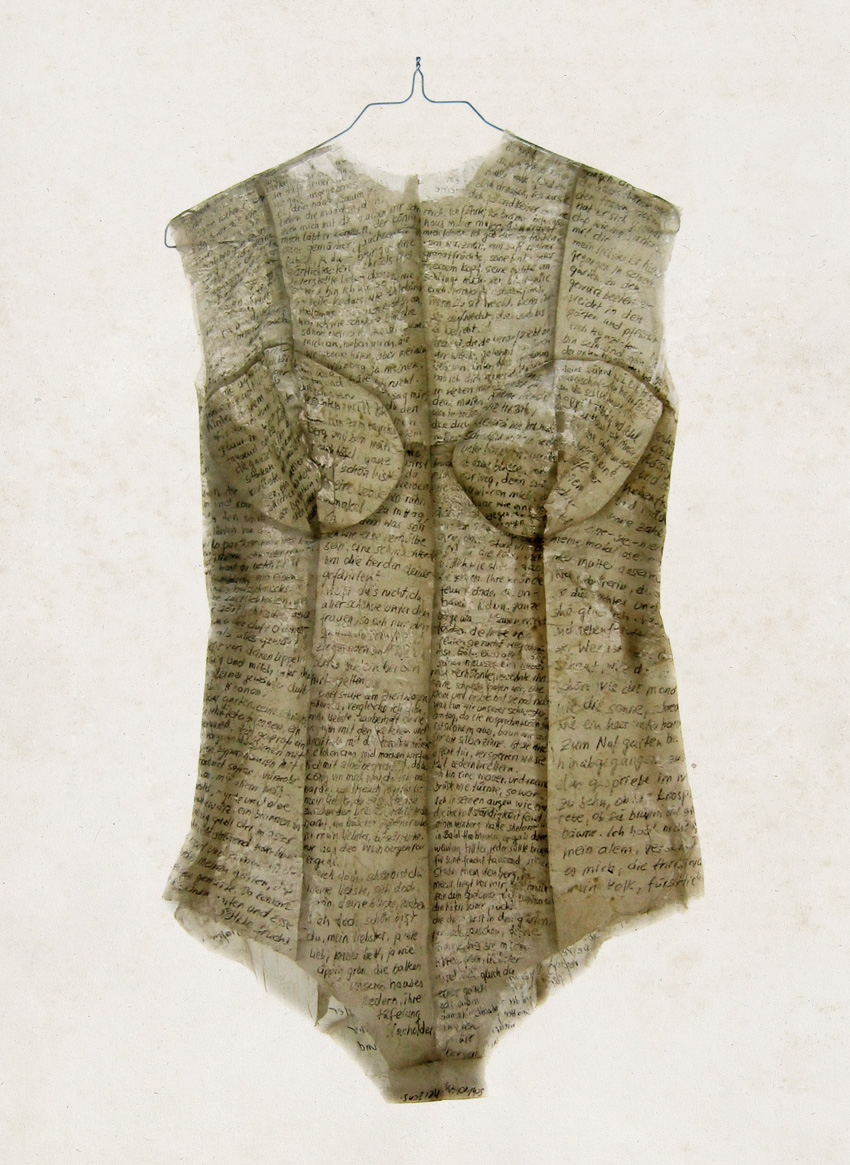The Memories Issue
Threads and lines replace words. In fashion, memory is preserved silently between the lines of a jacket, between the seams of a shirt.
On a hot Sunday, my grandmother sat on a bus heading for Praia das Maçãs. The Portuguese summers, infamous for their scorching sun and suffocating heat, forced her to get up early on her only day off to join her sisters. Crossing on public transport to the sea breeze had to be done as soon as the sun rose. A straw hat protected her from the mild sun, but it quickly became more furious as it rose in the sky. A short tunic in a velvety peacoat snugged her skin. The garment, made from a fabric that was still a novelty in Portugal at the end of the 1950s, was bought in a boutique on Avenida Guerra Junqueiro. With an evasé cut and an almost pale yellow color, the tunic was worn as a badge of pride, a symbol of all her hard work. Immediately after her father's death, my grandmother became the source of income for her family. Although only fifteen years old, she was now responsible for supporting her eight siblings and her mother. At the height of her adolescence, she left the heart of Alentejo for the national metropolis, where she quickly found work as a hairdresser. Although she only started out washing her hair, her ambition made her the manager of her salon by the time she was eighteen. With the money she accumulated, she brought her mother and some of her sisters to Lisbon, in the hope that they too would take advantage of the opportunities that didn't exist in the hills. However, as soon as summer arrived, any ambitions they might have had disappeared, melted by the sting of the summer sun. Then, at weekends, they would rent a house near the ocean. My grandmother, unable to dilute her responsibilities, joined them only on Sundays. After crossing the street from Arroios, she was greeted with joy. Her arrival was celebrated with a trip to the sea. Among the foam of the waves, the usual conversations took place. "Who was seeing whom?" "Did you see what time the neighbor got home?" "It looks like she has a child." After running out of topics (i.e. people) to talk about, they returned to solid ground, but instead of their towels, there was only sand. No one around them could remember seeing anything. Their clothes, towels, and even their lunchbox had mysteriously disappeared. Defeated by the ignorance of the witnesses to the crime, my grandmother and her sisters went soaking wet to the bus stop where they begged the driver for a free ride. The crossing was short; almost immediately after convincing the driver, my grandmother asked him to let her out. Out of the corner of her eye, she noticed a suspicious couple leaving the beach after their belongings had disappeared. Indignation sent her bare feet flying and, before she knew it, she jumped out of the bus to chase the couple. Despite his height of five feet, his anger was such that not only was he able to hit them, but he managed to convince them to reveal where they had buried their treasure. His new tunic, now hardened by the wet sand, was worn with even greater pride. The garment was never the same, but its softness was never mourned, after all the roughness had been conquered. This story, like most of the ones my grandmother tells me, comes from fashion. From her yellow tunic to her borrowed wedding dress, the memories she sews are always intertwined with a piece of clothing. A piece of jewelry is always the starting point for an adventure, a shoe at the beginning of a tragedy. For my grandmother, clothes are the medium through which an image is painted. But clothes are not just narrative tools, they are also lovingly kept possessions. Just as today we take photographs without thinking twice, the clothes we buy are as disposable as the tens of thousands of pictures lost in a cell phone app. You only have to open the Internet to buy a worrying amount of frighteningly cheap clothes. At the age of 85, my grandmother remembers buying her yellow tunic on Avenida Guerra Junqueiro on a sunny day. But it's not just this piece. Her closet is enough to fill an afternoon with memories. She remembers going to the London Salon in Rua Augusta to buy fabrics by the meter, which she would then give to her mother along with the pages she would tear out of the French Elle for inspiration. My great-grandmother, the wife of a tailor who refused to teach her, would sneak off to her husband's atelier at night to learn how clothes were made just by looking at the pieces he made. The clothes that fill my grandmother's closet are kept as another of her many photo albums. Like these, it is possible to touch objects that transport us back in time. Without her fur coat, how could she tell me about her car journeys to Badajoz? Without the pants she wore to my mother's wedding, how would the opportunity arise to talk about the chaos my cousins caused? The concept of fashion as a way of preserving memory isn't exactly new. All over the world, thousands of museums present clothes as illustrations of the past. From the panniers of the 17th century to the exaggerated collars of the 1970s, the history of mankind can be deduced through the clothing of those who came before us. But even in institutions dedicated to maintaining memories of the past, some nuances are erased. There is something so much more interesting about the clothes behind transparent cages than the political or economic state of a society. Who were the people who wore such constructions? What justified choosing one dress over the other? The clothes we wear are perfect metaphors for our identity - they are the materialization of everyday choices that, when added up, reveal who we are. Every day we wake up and decide what to wear. Whether it's consciously, when we wear a special piece for an important moment, or unconsciously when we put on our most comfortable boots to face a weepy Tuesday. The pieces in our closet complete the puzzle of a phase in our lives. When I look at the boots I bought when I was fourteen, I don't just see a pair of destroyed Dr. Martens with their soles almost detached, I see my first big purchase instead. I'm transported back to a time in my life when I changed schools when I was only fourteen and, afraid of being teased, I entered a new high school wearing boots that served as armor. Those brown boots, which at the time weren't even the color I wanted, just the one that was on sale, are now vestiges of courage that took me a while to find, but which I've never lost. Like these, I have a closet full of memories, with clothes I refuse to discard, not because they're the biggest trend on TikTok, or because they're "investments" (the name given to all the pieces that are too expensive to justify in any other way), but because they're reflections of who I was to become who I am. Like my grandmother, I'm building my album of wearable memories.
The fashion industry is famous for its eternal search for novelty. It is this perpetual search that makes it one of the most profitable industries in the world, and it is no coincidence that Bernard Arnault, founder of the LVMH conglomerate, is the richest man in the world. Something is always on the precipice of being the next big thing and, as consumers, we are encouraged to chase an unattainable horizon. But the depth of fashion as a human art lies in the opposite of its capitalist purpose. It was listening to my grandmother's stories that I fell in love with fashion as something that isn't futile or superficial, but a materialization of everything I can't describe about myself. Fashion isn't about the future or even the past, it's about the present. By considering the clothes we own through the lens of our own personal histories, memories, and kinships, we can restructure our relationship with an industry so in need of a metamorphosis. The warnings calling for a transformation of our lifestyles to save the planet are omnipresent, but the measures they propose are often lacking in the human dimension. The impositions appealed to a consumer who derives pleasure from the purchase, not the product. Understanding and mending our emotional connection with fashion can be the beginning of productive change. We're not going to return to the industry my grandmother enjoyed, it would be unrealistic to think that its multi-million dollar infrastructure would succumb to emotional appeals, but we can restore a similar relationship to our closet. After all, the fashion we own is no different from the pictures we hang up. Our clothes are records of a past that, because of its materiality, is as real as when it happened.
Originally published in The Memories Issue, from April 2024. Full stories and credits are in the print version.
Most popular
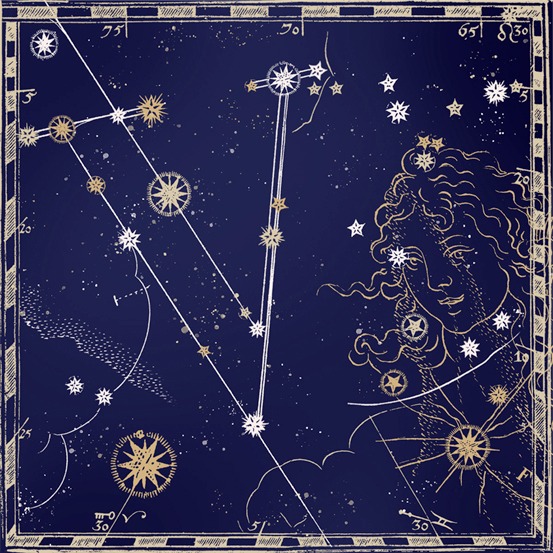
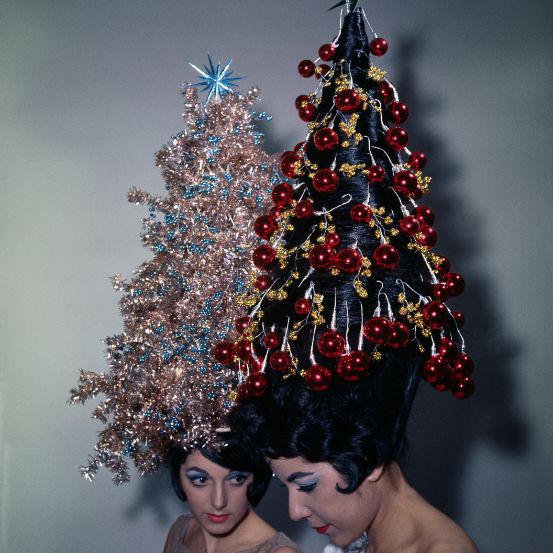
Relacionados
.jpg)
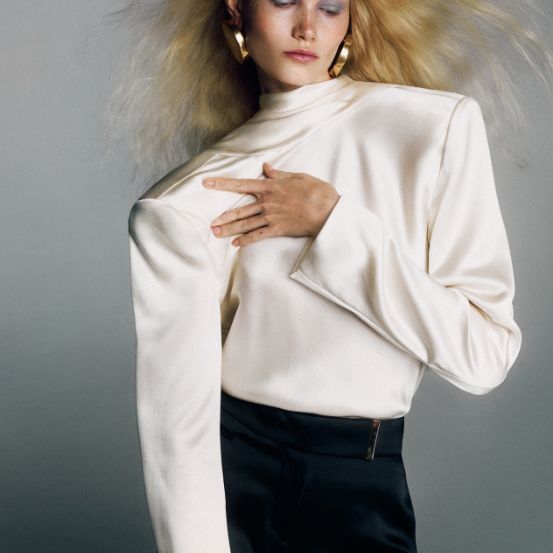
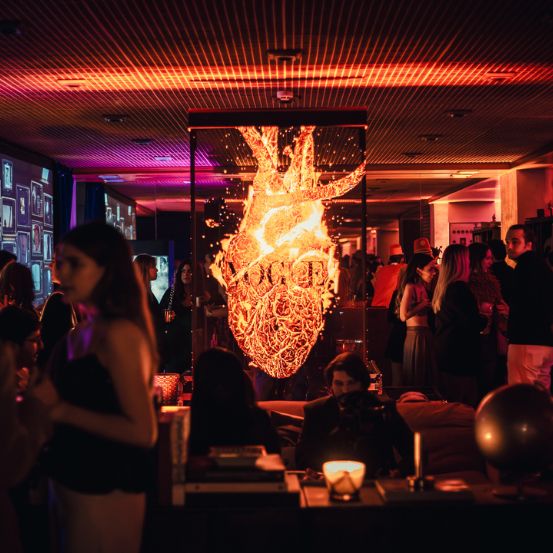
LightHouse Publishing x Street Smash Burgers: uma noite no escritório da Vogue Portugal
19 Dec 2025
 (14).png)


